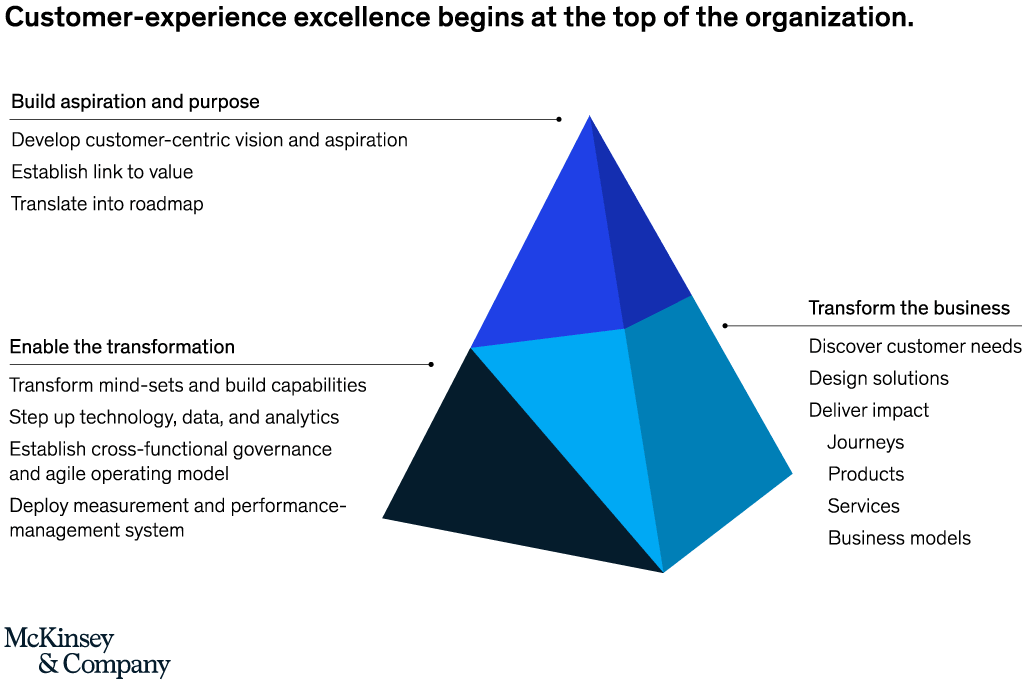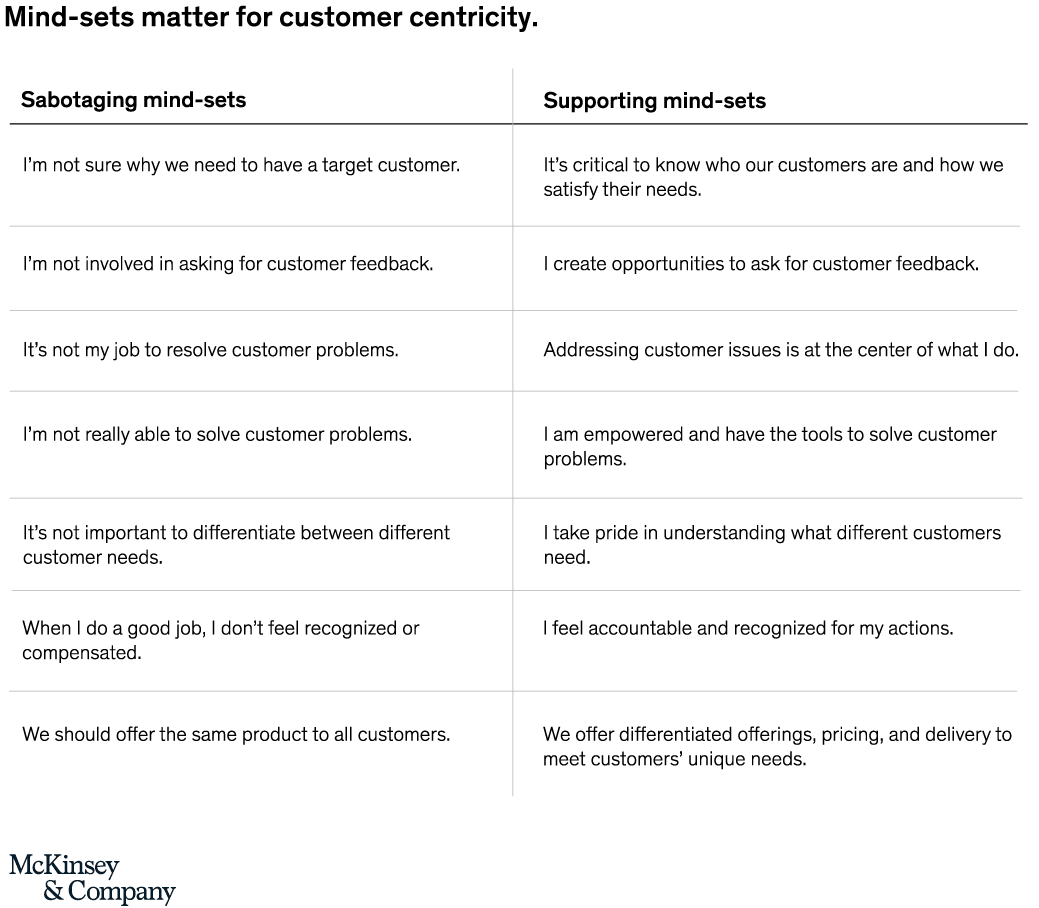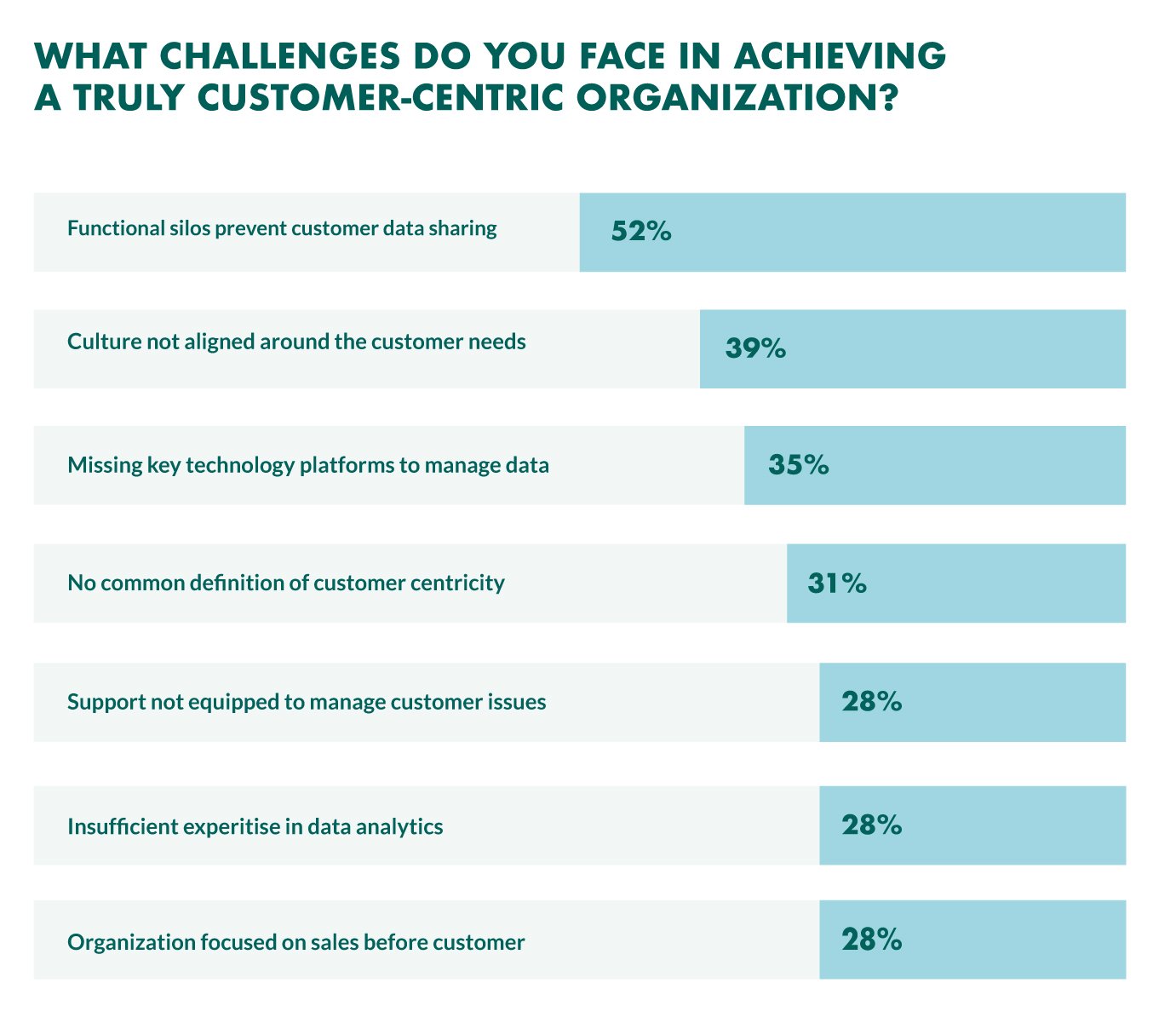Share this Post
“It is not the strongest of the species that survives, nor the most intelligent, it is the one that is most adaptable to change.”Charles Darwin
The digital age is a time of great opportunity — and also great disruption and competition. Only those businesses with the capabilities and willingness to adapt to their rapidly changing environment will survive. Sound familiar? It should. Darwin’s “survival of the fittest” principle doesn’t just apply to the natural world — but to the business world, too.
Digital Darwinism can be defined as the evolution of customer behaviour when society and technology evolve faster than some companies’ ability to adapt — and no company is too big or too rich to succumb to the laws of natural selection. In fact, just 51 companies on the original 1955 Fortune 500 list remain today — and most of the failed companies can put their misfortunes down to a slow or non-existent digital transformation strategy.

51 US companies on the Fortune 500 —Source: aei.org
Today, as Mary Meeker, author of the annual Internet Trends Report, concludes in a recent 29-page report to her company’s investors, we are experiencing digital Darwinism at its most brutal. The COVID-19 crisis is separating companies with strong digital adaptability from those without it.
With social distancing mandates in place all over the world, enterprises and customers alike have become more digitally dependent than at any other time in history. Work from home models have been rapidly deployed — requiring companies to provide employees with the tools and technology to do their jobs remotely. Consumers, meanwhile, have switched to ecommerce to shop for everything from groceries to health and pharmaceutical products as they avoid visiting physical stores — and expect to continue doing so even when the pandemic is over.

Flight to digital —Source: mckinsey.com
What hasn’t changed, however, is the need for businesses to put the needs of the customer first. Today, that means adopting a digital-first customer-centric culture.
Customer-Centricity Starts at the Top
A recent report from McKinsey sheds some important light on what it means to be genuinely customer-centric in the age of digital Darwinism. “Today, organisations and business leaders focus more on customer attention than ever before, because of the distinct advantage it provides in an increasingly competitive landscape,” the report says. “Companies understand that to be successful, they need to attract and retain customers who have ever-easier access to reviews, rankings, and other information that helps them make informed choices.”
Reviewing the experiences of leading customer experience businesses, McKinsey finds that “customer centricity starts at the top, with a clear purpose that permeates through every organisational level.”

How can companies become genuinely customer-centric? —Source: mckinsey.com
This is important. Becoming customer centric is as much of a cultural transformation as it is a digital one — but both transformations are crucial.
Customer centricity means providing a positive customer experience before, during and after every single sale in order to enhance customer loyalty, drive repeat business and foster business growth.
It’s more than just a buzzword, however — it must be embedded into the very culture of the organisation. Importantly, as McKinsey points out, in order to achieve experience excellence, employees must be empowered to solve customer problems as and when they arise — after all, it’s employees who interact with customers, especially when there are questions to be answered and issues to be dealt with. McKinsey finds that customer-centric organisations inspire employees to take ownership of customer journeys. Leaders give them both the freedom and the tools to find out who their customers are, what they want, and to solve their problems directly.
Ultimately, this comes down to fostering mindsets that support, rather than sabotage, customer centricity.

Overview of mind-sets that sabotage or support customer centricity —Source: mckinsey.com
Digital Transformation
Of course, this is digital Darwinism we are contending with — and so, as well as a cultural transformation, organisations must undergo a digital transformation in order to meet customers where they are online.
Today, the customer journey takes place across multiple channels — websites, social media, smartphone apps, email, live chat, text messages, smart speakers, calls, and more. To become customer centric, companies must incorporate all that are relevant to their customer base. This is easier said than done, of course — but there are solutions.
With headless content management, for example, retailers can push their content to as many different channels and devices the organisation needs — and with robust integration with a powerful ERP system like metasfresh, customers are provided with a seamless experience and real-time access to product information, accurate pricing, product availability and shipping data across channels.
In fact, the utilization of an ERP system is crucial for overcoming many of the digital hurdles that stand in the way of organisations becoming customer centric. Research published in SuperOffice finds that the biggest challenge organisations face in achieving customer centricity is functional silos that prevent customer information from being shared across departments (52%), while more than a third of companies (35%) say they lack the tools to manage data.

Challenges of becoming a customer-centric organization —Source: superoffice.com
To build a customer centric business, you must be able to manage the entire customer lifecycle from one system. The beauty of an ERP solution like metasfresh is that it serves as a centralised business information system and single source of truth for all business data that all departments can access from anywhere on any device. In addition, metasfresh ERP integrates seamlessly with other important tools that enable customer centricity, such as your ecommerce store, your CRM, and other core marketing software.
When configured correctly, you can track the performance of each of your products, as well as individual customer purchase histories and buying processes from within the ERP system. This data allows you to analyse entire customer lifecycles and gather the insights needed to tailor customer journeys to different customer segments — or even individual customers — across channels and devices, and start building the customer centric experiences shoppers crave.
Only with a powerful ERP system like metasfresh can you get the 360-degree view of both the customer and the business, and marry both together to adapt to and thrive in the new digital-first market — both now and in the future.
Talk to us here at metasfresh. metasfresh is a member of the Ecommerce and Cross-Channel Club Cologne (ECC Club Köln), which is managed by the Institute for Retail Research Cologne (Institut für Handelsforschung, IFH Köln). The Institute offers individual research projects with strategic consulting. It specialises in the areas of inter-company comparisons as a controlling instrument, enabling retail companies to recognise market developments, measure changes in customer behaviour, optimise sales and set the course for a successful future. The insights and knowledge provided by the Institute through market research and studies relating to cross-channel and online retail are incorporated in the development of metasfresh, meaning all of our users are always up to date on the latest ecommerce developments.
At metasfresh, our mission is to enable each and every company to access a powerful ERP system that supports digital transformation and fuels corporate growth. Get in touch today for more information and insights.
Share this Post



